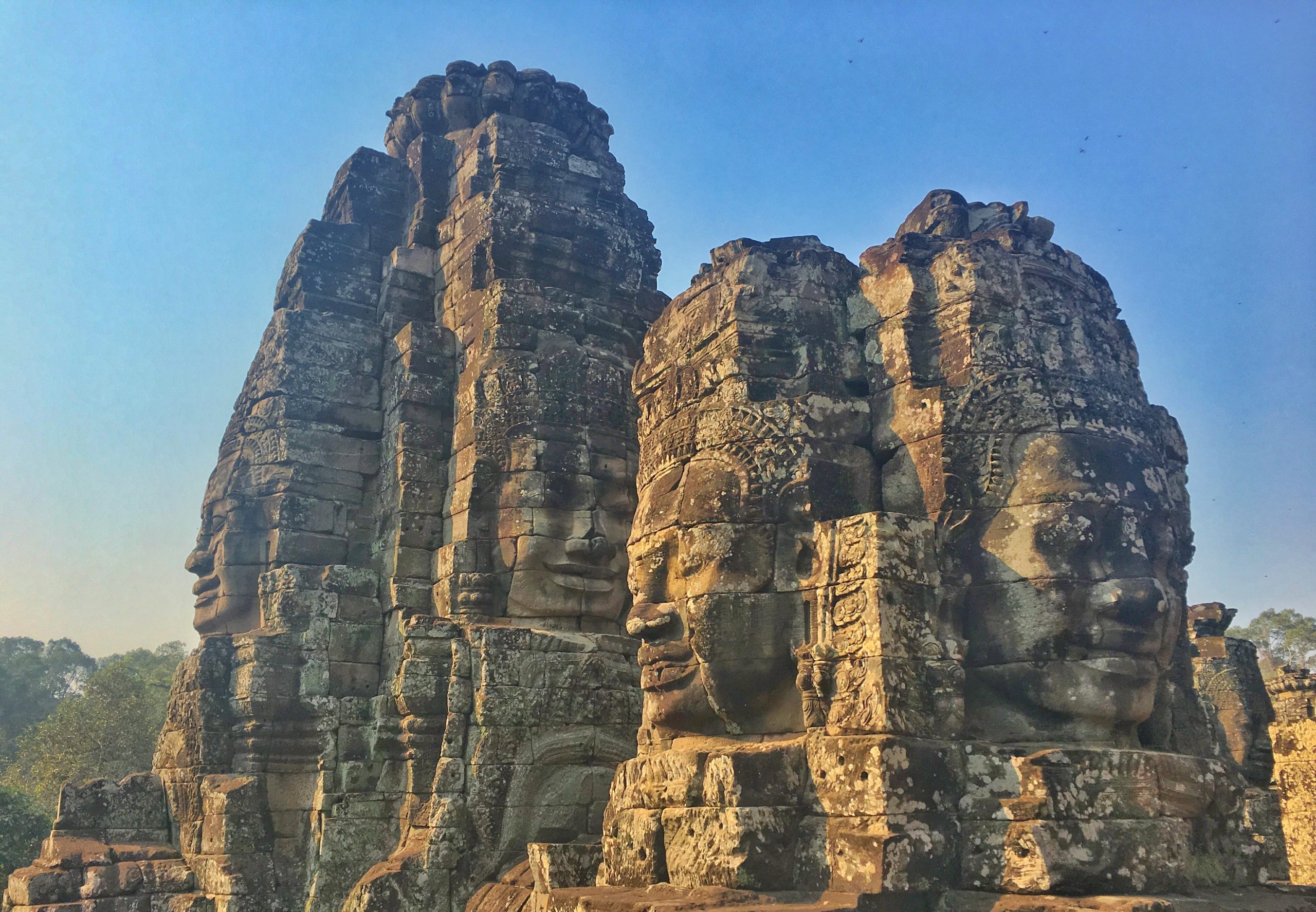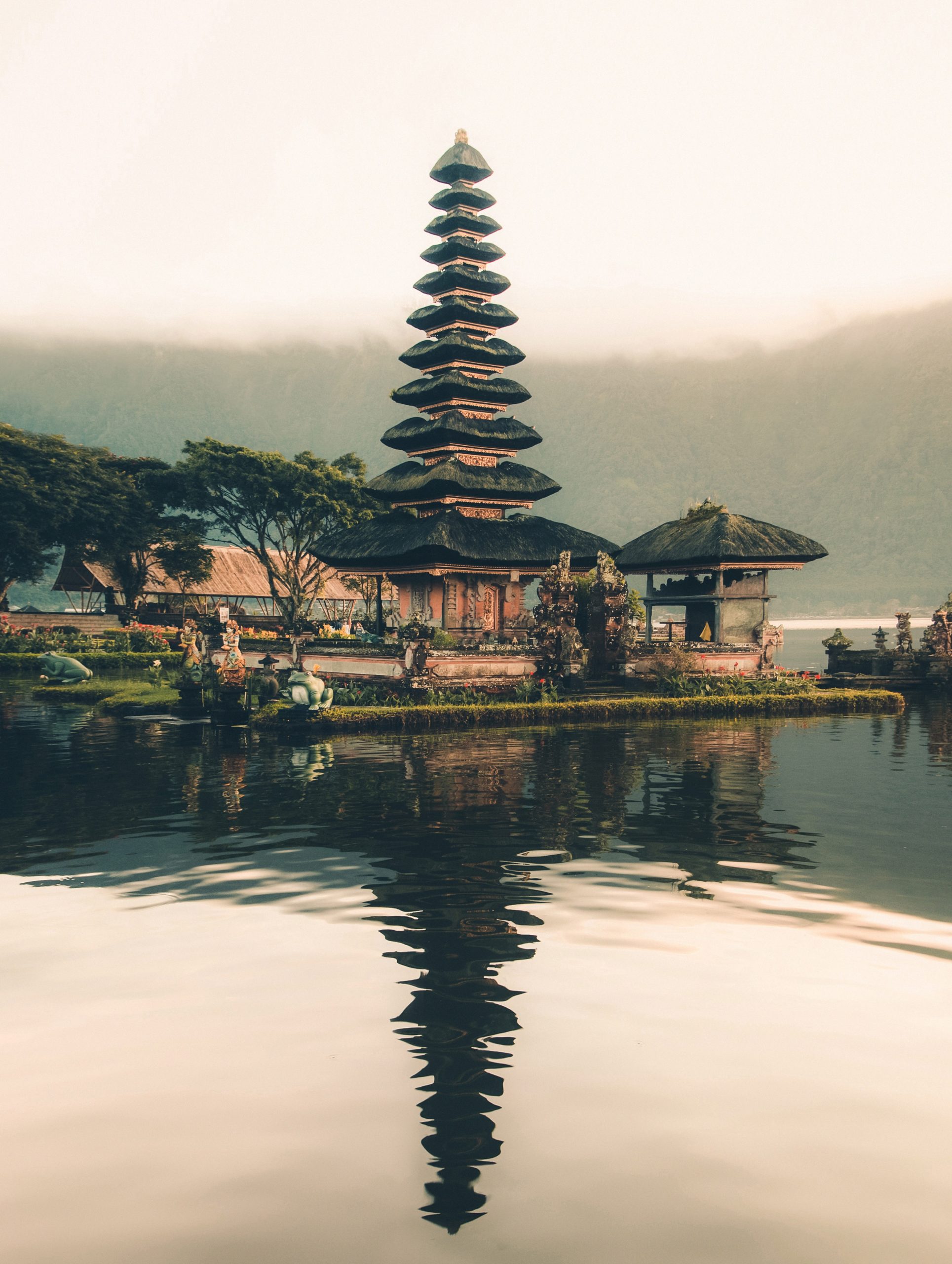Angkor Wat Temple Complex: A Journey Through Time
Nestled in the heart of Cambodia’s lush jungles, Angkor Wat stands as a testament to the architectural genius of the ancient Khmer civilization. The awe-inspiring Angkor Wat temple complex, with its intricate carvings and towering spires, is a UNESCO World Heritage site and one of the most remarkable archaeological wonders in Southeast Asia. Join Green Sun Travel on a journey through time as we explore the mystique and grandeur of Angkor Wat temple complex.
The Enigmatic Origins of Angkor Wat temple complex
Angkor Wat’s historical significance and enigmatic origins are fascinating. The name itself, “Angkor Wat,” derived from the Sanskrit language, means “City Temple,” providing a hint of its grandeur and scale. The temple complex was conceived and constructed in the early 12th century during the reign of King Suryavarman II, who was a powerful and visionary ruler of the Khmer Empire.
King Suryavarman II dedicated Angkor Wat to the Hindu god Vishnu, showcasing the profound religious and cultural influence that Hinduism held in the region during that time. This religious dedication adds a layer of depth to the temple’s purpose and significance, as it was not only an architectural masterpiece but also a center for religious devotion.
As you approach Angkor Wat along its grand causeway, the temple’s grandeur is immediately apparent. The spectacle of the rising sun behind the main temple is particularly awe-inspiring. The play of light and shadows enhances the mystique of the temple, making it feel almost surreal. The dramatic setting reflects the deep spiritual and cultural importance of Angkor Wat to the Khmer people.
Architectural Grandeur

Angkor Wat’s architectural design is nothing short of breathtaking. At first glance, it presents itself as a series of imposing tiered towers, elaborate and intricately carved walls, and serene reflecting pools that mirror its majestic beauty. The temple’s unique design draws heavily from Hindu cosmology and symbolism, especially the concept of Mount Meru.
Mount Meru is a sacred mountain in Hindu, Jain, and Buddhist cosmology, believed to be the mythical center of all physical, metaphysical, and spiritual universes. The layout of Angkor Wat symbolically replicates this sacred mountain, with the central tower representing the celestial center. Surrounding it are four smaller towers, each positioned to signify the cardinal points – north, south, east, and west.
The bas-reliefs that adorn the temple’s walls are akin to ancient history books etched in stone. They narrate tales from Hindu epics such as the Ramayana and the Mahabharata, conveying stories of gods, heroes, and mythical creatures. These intricate carvings also depict scenes of daily life in the Khmer Empire, offering valuable insights into the civilization’s customs, culture, and daily routines.
The precise craftsmanship, meticulous attention to detail, and the profound symbolism incorporated into Angkor Wat’s design all speak to the extraordinary skills and vision of the Khmer people. This architectural marvel not only served as a place of worship but also as a testament to the intellectual and artistic achievements of the Khmer civilization during the 12th century.
The Transformation into a Buddhist Monument
In the late 12th century, during the reign of King Jayavarman VII, Angkor Wat underwent a significant transformation. This transformation was more than just a shift in religious dedication; it marked a significant cultural change in the region. The temple’s focus shifted from the worship of the Hindu god Vishnu to the veneration of Buddha, the central figure of Buddhism. This transition symbolized a peaceful coexistence of two major religions in the region.
The adaptation of the temple’s iconography is particularly noteworthy. Hindu deities that once adorned the temple were replaced with serene statues of Buddha, representing compassion, enlightenment, and inner peace. This transformation reflected the changing religious landscape in Cambodia during that period and the king’s role in propagating Buddhism as the state religion.
Exploring the Angkor Wat temple complex
The central sanctuary of Angkor Wat serves as the primary attraction for visitors. Climbing the steep steps to reach the uppermost level provides not only a closer view of the central tower but also panoramic vistas of the entire temple complex and the surrounding jungle. The experience is nothing short of mesmerizing, as you are enveloped by the intricate stone carvings and the lush greenery.
It’s crucial to be mindful of dressing respectfully when entering the temple grounds. As Angkor Wat is a religious site, visitors should cover their shoulders and knees out of respect for the site’s cultural and spiritual significance.
Surrounding Temples and Structures

While Angkor Wat rightfully enjoys global recognition, it’s essential to remember that it’s just one part of the vast Angkor temple complex. Nearby, you’ll find other remarkable temples and structures that offer unique insights into Khmer history and artistry. These include Angkor Thom, Ta Prohm (famously featured in the movie Tomb Raider), and Bayon, known for its enigmatic smiling stone faces. Each of these sites has its own story to tell, adding layers of complexity to your exploration of the Angkor region.
Preservation and Restoration
The preservation and restoration of Angkor Wat temple complex and the surrounding temples are ongoing efforts, supported by Cambodian and international organizations. UNESCO has played a pivotal role in safeguarding the site’s historical significance and ensuring its continued existence for future generations.
Visitors can contribute to the preservation efforts by respecting the rules and regulations in place during their visit. Staying on designated paths, not touching or climbing on the ancient structures, and refraining from defacing or taking artifacts are all crucial steps in safeguarding the integrity of this remarkable site.
When to Visit
Timing your visit to Angkor Wat is important for a comfortable and visually stunning experience. The best time to visit is during the dry season, which typically runs from November to March. During this period, the weather is cooler and more pleasant for exploring the expansive complex. The lighting conditions are also ideal for capturing stunning photographs, as the soft, golden light enhances the temple’s beauty. However, it’s essential to be aware that this is the peak tourist season, so larger crowds are expected.
Conclusion
Angkor Wat temple complex, with its enigmatic origins, architectural grandeur, and fascinating transformations, stands as a testament to human creativity, devotion, and cultural evolution. From its early days dedicated to the Hindu god Vishnu to its later transformation into a Buddhist monument under King Jayavarman VII, Angkor Wat encapsulates the rich tapestry of Cambodia’s history and spirituality.
Exploring this awe-inspiring temple complex is an immersive experience that transcends time and place. The climb to the uppermost level of Angkor Wat rewards visitors with breathtaking panoramic views and a chance to marvel at the intricate stone carvings and the lush greenery that surrounds this majestic site.
Angkor Wat is just one jewel in the crown of the Angkor temple complex, and it’s surrounded by equally remarkable structures like Angkor Thom, Ta Prohm, and Bayon, each with its own unique charm and historical significance.
While Angkor Wat’s beauty and historical significance are undeniable, preservation and restoration efforts are ongoing, with organizations like UNESCO playing a vital role. As responsible travelers, we should contribute to these efforts by respecting the site’s rules and regulations, preserving the temple for future generations.
To make the most of your visit, plan your trip during the dry season from November to March. This time offers comfortable weather and perfect lighting conditions for capturing stunning photographs, even though it’s the peak tourist season.
In closing, a journey to Angkor Wat is an exploration of history, art, spirituality, and the resilience of a civilization that has left an indelible mark on the world. It’s an opportunity to connect with the past, experience the grandeur of a bygone era, and witness the enduring legacy of the Khmer people. A visit to Angkor Wat is not just a trip; it’s an odyssey through time itself.







